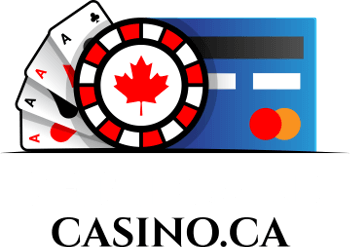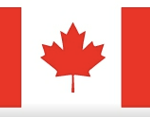How to Play Canadian Card Game Kaiser
 Kaiser is a popular Canadian trick-catching card game that’s enjoyed by countless players. It sometimes goes by other names, depending on where it’s played. In Saskatchewan, it’s especially popular among families of German and Ukrainian descents who know it as Three-Spot. Some players in Quebec call it Les Rois.
Kaiser is a popular Canadian trick-catching card game that’s enjoyed by countless players. It sometimes goes by other names, depending on where it’s played. In Saskatchewan, it’s especially popular among families of German and Ukrainian descents who know it as Three-Spot. Some players in Quebec call it Les Rois.
Kaiser is a partnership game for four players, with partners seated across from one another. It requires a 32-card deck, with specific cards removed beforehand. The deck should consist of (by rank, highest to lowest):
♠ A-K-Q-J-10-9-8-3 (2 and 4-7 are removed)
♥ A-K-Q-J-10-9-8-5 (2-4 and 6-7 are removed)
♦ A-K-Q-J-10-9-8-7 (2-6 are removed)
♣ A-K-Q-J-10-9-8-7 (2-6 are removed)
Objective – How to Win Kaiser
The object of Kaiser is for each team to catch tricks and earn points. Each trick is worth 1 point. There are two special cards that are worth bonus points or negative points. The ♥5 is worth +5 points, while the ♠3 penalizes -3 points.
How to Play Kaiser
To start, a dealer can be chosen at random. Alternatively, it is common for any randomly chosen person to deal out all cards to each player, face up, until one receives a Jack. This player becomes the dealer.
The dealer will shuffle up the cards and deal them all out, one at a time, to each player, in clockwise order, starting with the player to his left. Everyone should have 8 cards to start.
Misdeal: If any player is dealt no Aces, no face cards, and no 3 or 5, they can declare a “misdeal” (optional). If this occurs, the dealer must reshuffle and deal a new hand.
Bidding for Tricks
The player left of the deal will have the first opportunity to bid or pass. Bidding circles clockwise around the table until all other players pass. The highest bidder (followed by three consecutive passes) wins the bid.
There are a total of 8 tricks to be caught, plus 5 points for the ♥5, therefore the highest possible bid is 12. The lowest is 6.
The winning bidder will choose the trump after winning the bid. It is also possible to play with “no trump”. If a bidder is not declaring a trump, he must declare this when bidding by stating a number, followed by “no”. For example, Player 1 could bid “6 no”, meaning they will catch 6 points with no trump.
A bid of no trump outranks an equal number bid with trump. So if Player 1 says “7”, Player 2 can say “7 no”. It is also the dealer’s right to bid an equal number to the previous bidder (with or without a trump) and win the bid. Otherwise, all proceeding bids must be higher than the previous bid.
Playing the Game
The winning bidder will first declare trump (unless bidding no trump), and will then lead the first card of the first trick. All other players must play a card of the same suit, unless they don’t have any, in which case they can play any other card (including trump).
The highest played trump wins the trick. If no trump is played, the highest rank card of the suit led wins the trick. The winner of the trick will lead to the next trick.
Play continues in this fashion until all 8 tricks are captured. All tricks/points are counted, score is recorded, and the next hand begins. Each teams’ score is calculated cumulatively, not separately. The player left of the previous dealer will then deal the next hand.
Scoring the Game
Points are generated as follows:
Each Trick = 1 point
♥5 = 5 points
♠3 = -3 points
Bidding Team Score: The team that won the bid must capture at least the number of points bid. If successful, they will receive the number of points earned as their score. If unsuccessful, they will receive a negative score equal to the amount bid, irrespective of any points they did catch.
If the bidding team bid “no trump”, their score is doubled, whether positive or negative.
Opposing Team Score: If the opposing team has a collective score of 44 or less prior to the completion of the hand, they will receive all points scored, positive or negative. It doesn’t matter if the other team accomplished their bid, or if the hand was played with or without trumps.
If the opposing team has a collective score of 45 or more prior to the completion of the hand, this team cannot receive positive points. However, if their ending score is negative (capturing the ♠3 for -3, without capturing enough tricks or ♥5 to make up for it), they must score the negative points.
The first team to reach 52 points wins the game!
If you’d like to learn more about the Kaiser card game, including common Canadian rule variations, strategy, and its origins, please use the links below.
How to Play Kaiser – Common Rule Variations
Kaiser Strategy
Kaiser History
 Jackpotcity.com is our editorial pick for your gaming needs. Currently offering an entire suite of casino games, as well as a wide range of Canadian deposit options, JackPotCity truly offers world-class gaming.
Jackpotcity.com is our editorial pick for your gaming needs. Currently offering an entire suite of casino games, as well as a wide range of Canadian deposit options, JackPotCity truly offers world-class gaming.





